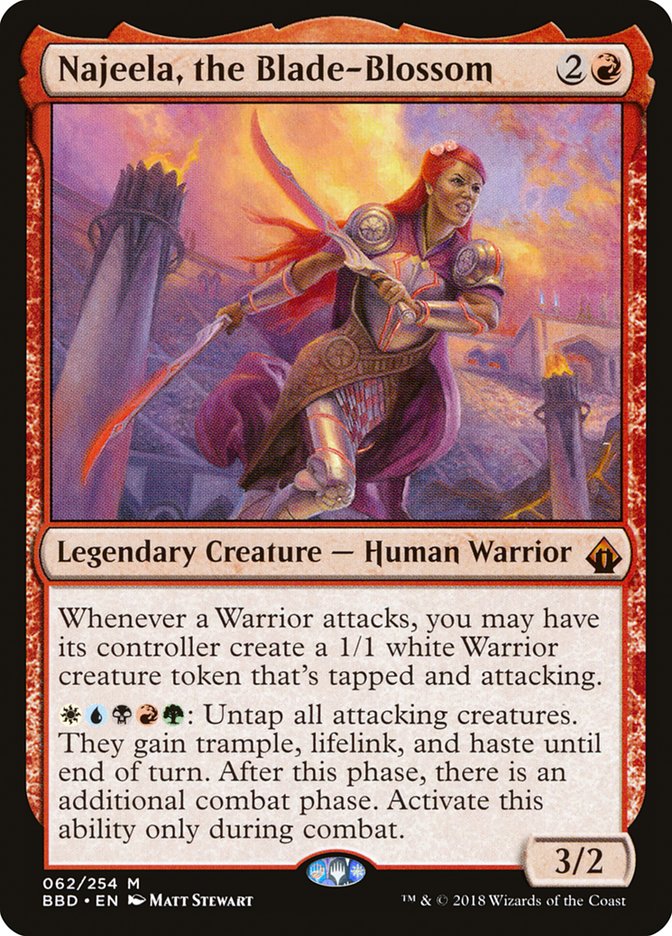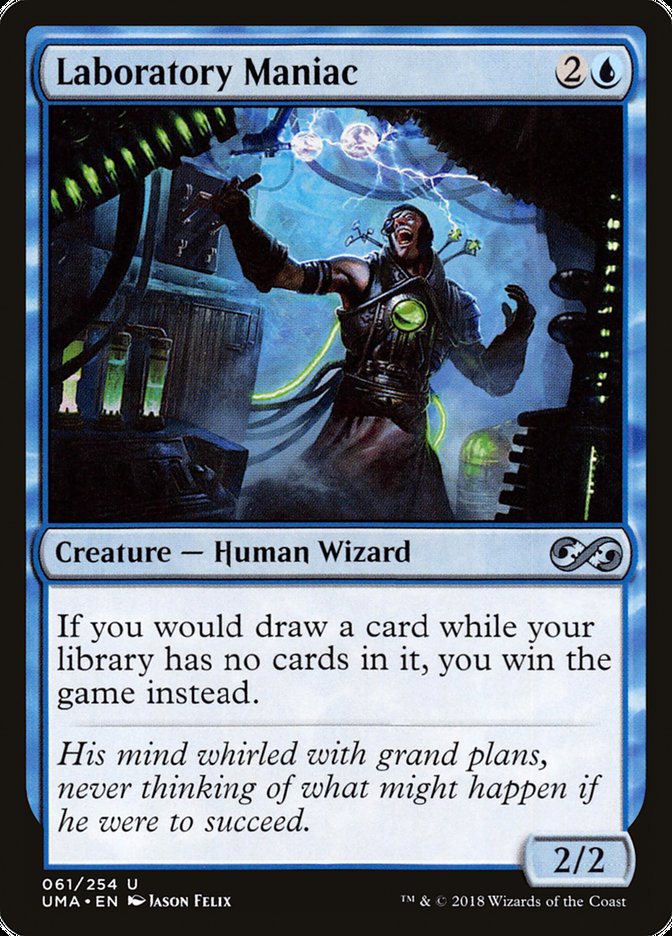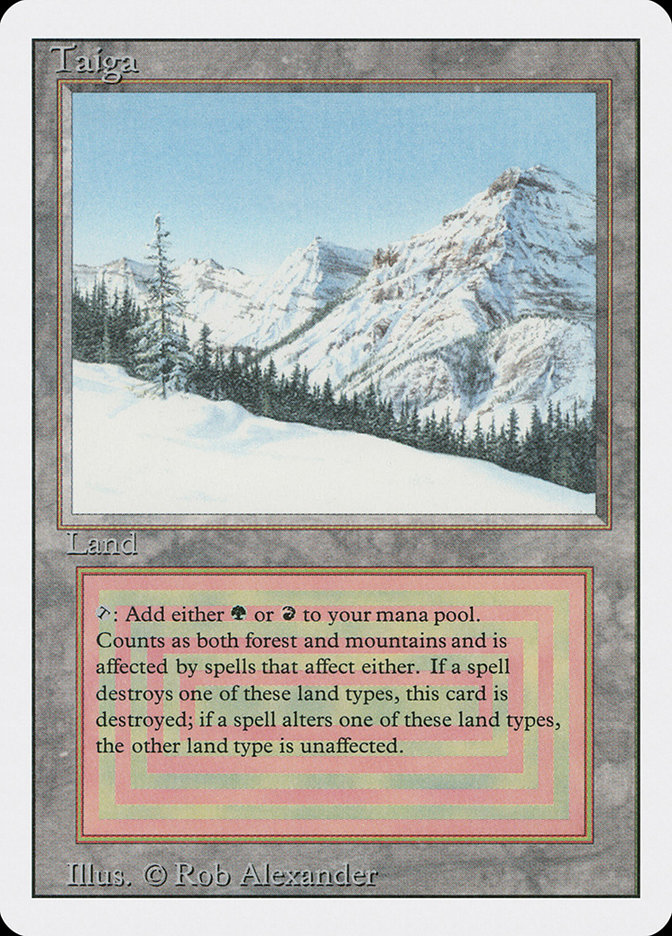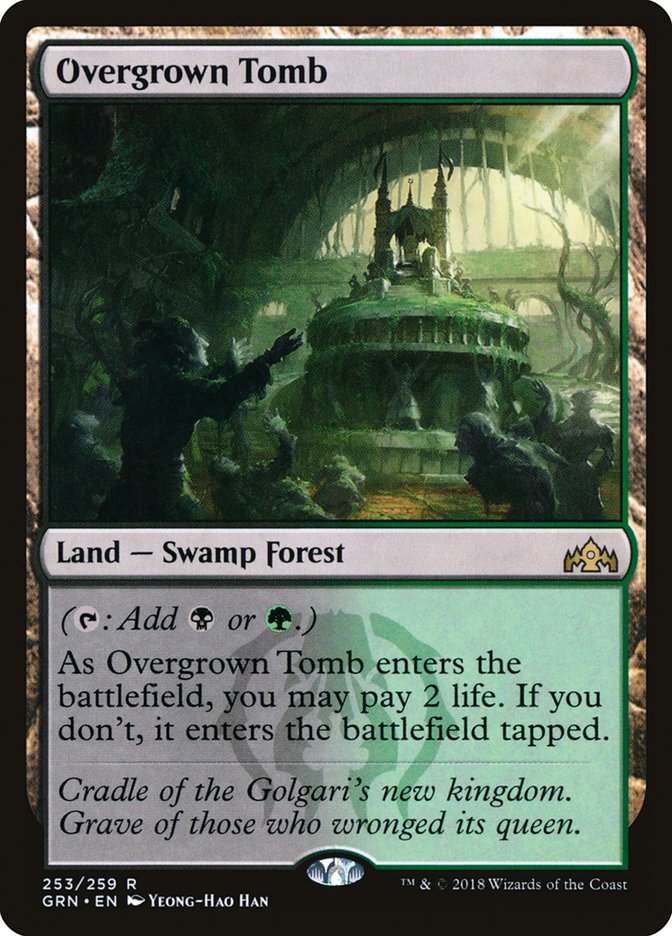Somewhat sleepy and decidedly unsnowy Roanoke hosted another fine event last week in what has become a series of biannual events that I simply don’t want to miss. Maybe it’s the fact that I’ve now been to Roanoke enough that it’s cozy and familiar. Maybe it’s that I have friends that live there. Mostly, it’s because great people come from all over to play Magic and I get to be one of them. Any way you look at it, future SCG CONs are on my calendar.
Like most events that I go to as a guest, I spent most of my time slinging spells with folks. Although there were other things available, I spent my time in the Command Zone, playing the 100-card decks. I took away a few things that are worth sharing with you and expanding on a little.
cEDH Isn’t for Everyone, and That’s Okay
The folks from Playing with Power invited me to play with them, and I took the opportunity after missing out on one at Gen Con. We had an involved and compelling game. I played Garret’s Najeela, the Blade-Blossom deck (and got a little coaching) to play against Bloodpod, Consultation Kess, and Dramatic Scepter. Najeela certainly fits my style, since it involves turning things sideways.
Adam, Mike, and Folger re-introduced themselves as we sat down. Folger said “like the coffee,” and I countered “for me, Folger means the Shakespeare Library.” He said I was the second person of the weekend to tell him that.
I’m not going to go into too many play details (I’m sure the Playing with Power gang will be able to recall more, as well as share the details on the decks), because I was focused on actually doing the playing instead of taking notes. My opener was good, with some mana creatures, Opt, Brainstorm, and one black spell (I think Demonic Tutor—I remember it and Demonic Consultation both being in my hand at different points; I’m pretty sure I had the latter later in the game). I asked Garrett about the speed of the other decks and he said that save for Dramatic Scepter, they could be a little grindy, meaning I had some time. It seemed like the Najeela beatdown plan was the right call. I told him the line of play I intended to follow, which he said was reasonable. He reminded me that it was important to get all five colors of mana as soon as possible. We were off. There were all the things you’d expect of a cEDH game, like multiple Mystic Remoras, some pretty saucy Turn 1s, and eventually a counter war.
My Turn 2 and one attack Najeela was cut off by a Toxic Deluge. Then the game did get grindy, with both Collector Ouphe (which also died to Toxic Deluge) and Null Rod making appearances. Then Windfall changed the course of the game and made me take a different line. I did get a Sylvan Library going but realized at a certain point that I was unlikely to be a factor in the game with Najeela. If I was going to win, it would have to be casting Gilded Drake to steal someone else’s Laboratory Maniac and win that way. Realizing I was kind of Sylvan Library locked, I was forced to pay the eight life to draw the extras, just to find some action, since I was pretty sure that the game wasn’t going to last too many turns after that. I was right. The counter war was over Yawgmoth’s Will looking to leverage a pretty spicy graveyard. The picture I snapped was even missing two spells, after I threw a Pact of Negation (which I knew I couldn’t pay for) on top, just to try to extend the action for the other two (I mean, I had to try to save my Folger Library friend). It was countered as well and that was that (after the agreement that no one could stop the Lab Man win).
It’s clear that cEDH (or highly tuned, powered, or however it is you like to refer to this end of the spectrum) is radically different from the way I’m used to playing the format. It’s not something that you can get into lightly, even if you have the budget to afford it. It’s not about just having the cards, it’s about knowing the cards and archetypes – the cards in your deck and the cards in the other decks. You need to understand going in how you and the other players intend to win the game. It’s not like regular Commander players are ignorant of the cards, but when games take longer to play out, you have time to figure out what stuff does. In cEDH, every play is critical, from the first land drop to the last piece of the combo. I suspect that even if you’re deeply familiar with the group you’re playing with, nearly 100% of your attention needs to be on the cards. There’s no time for anything else, which is where cEDH loses me.
The guys I was playing with seemed great. I would have enjoyed socializing with them while we played, but there wasn’t time or opportunity. We all needed to be focused on what was going on. Sure, there was some fun banter, and the mood of the game was loose, but I wanted more personal interaction. During a normal Commander game, I could have asked Folger how he came by his uncommon name, or what Adam does for a living. I would have had time and opportunity to engage the good-sized crowd that had gathered. There was no chance for that. I’m not saying that this is an objective downside, I’m saying that’s why it doesn’t get there for me personally. Some people don’t much like socializing. Fierce and focused play is what some folks want out of a Commander game. I’m happy that people can form like-minded groups. What I want personally is something more relaxed. In fact, that’s why we shaped the format like we did; we wanted to make sure there was the kind of casual space that didn’t already exist. I’m happy that both the cEDH folks and people like me can find groups that suit their needs. That’s what makes the format great. We can have our Rule 0 conversations, find the folks who want a game like the one we want (or as close as possible), and everyone have a grand time.
SCG CON Has Its Own Vibe and I Like It
Perhaps this was easy to see because of attending CommandFest Seattle just two weeks ago, but I’m a fan of the somewhat lower-key mood of SCG CON. While CommandFest had an electricity to it, that kind of adrenaline high isn’t sustainable; the weekend there wore me out. SCG CON was that comfortable sweater that you’ve worn a bunch of times before, but you still look forward to putting it on because it’s the right thing at the right time. It’s not just the familiarity, it’s the thing it does. Like any con, I was tired at the end of the weekend, but it was that warm, satisfied kind of tired that you know also ends up as kind of refreshing and reinvigorating. Even getting up at 0400 on Monday in order to catch a flight back to Seattle didn’t treat me poorly, probably because there wasn’t the boom and bust cycle of other events, but a long, steady pleasurable flow of positive energy.
Corey Baumeister Has the Best Hair in Magic
No insult to Joel Larsson, Kibler, or anyone else, but Corey’s ‘do is pure fire.
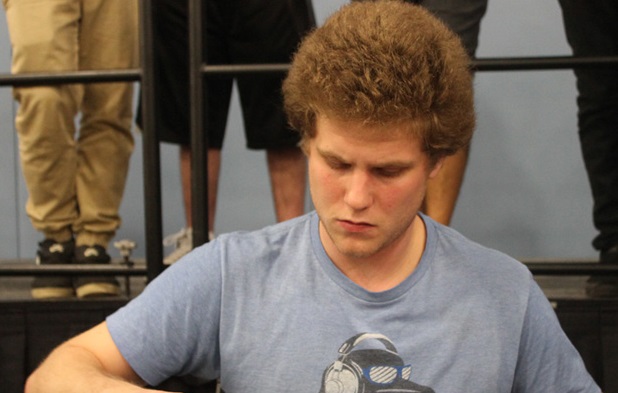
We Need to Talk About Manabases
On Sunday, Gavin Verhey, Bennie Smith, and I did a panel about manabases in Commander and it dredged up (pardoning the pun) some thoughts about the subject. I find that there’s a mismatch between the perception and reality of what you need land-wise in order to play in the format.
The first part of the misconception is how much “better” OG dual lands and fetchlands make your deck. I cannot dispute the math. Yes, they make you more consistent. My supposition is that in normal Commander games, that advantage is marginal at best. It’s far from the be-all and end-all some people believe. The length of many Commander games means that the value diminishes with each ensuing turn. Yes, if there are only four turns in your game, getting the exact land you need as soon as possible is critically important. Harkening back to the idea of a Commander core demographic, most of the games are just getting started on Turn 4.
There are few cases in which there are “must have” plays. Clearly, if you don’t have any green mana you can’t cast Kodama’s Reach, but you don’t need a Taiga, you just need a Forest. I like to point out that you can only have one of the former, but lots of the latter. When people say you need an expensive manabase to play, I thoroughly disagree. Is it more desirable? Sure. Is it required? Decidedly not so. Commander is intentionally not Vintage. I’m not going to tell you not to completely bling out your manabase, but I will tell you that you absolutely don’t need to.
There are plenty of budget-conscious options for smoothing out your mana. Even shocklands have come way down in price—to the point that you can transform one Ravnica: City of Guilds foil Overgrown Tomb into six Guilds of Ravnica versions. The Battlebond multicolor lands (Bountiful Promenade, Luxury Suite, Morphic Pool, Sea of Clouds, and Spire Garden) are even more affordable. Obviously, if you don’t mind them entering the battlefield tapped – which can be annoying and you don’t want to overdo it on – then your options are legion. Painlands are decent insurance policies; I play a fair number of them and take very little damage – unless I want to, like when Darien, King of Kjeldor is on the battlefield.
The long and the short of it is that you have a great deal of choice on the budget end and those choices are far less likely to impact your game than some folks might want you to believe. Obviously, your card choices also matter here. If you want to cast Cryptic Command or Entreat the Dead in a five-color deck, things get quite a bit trickier.
My somewhat hot take is that you can run two-color decks on nearly all basic lands. In several of them, I run 25 or more with very few problems. The nonbasics I run tend to be more about utility than mana fixing. Basic lands are very budget-friendly (until you start getting into the full-art Bolas foils, like some of us who kind of have a problem might). I even believe that most three-color decks can do fine with a few more basics. Even in non-green shards and wedges, there are enough rocks like Darksteel Ingot and Commander’s Sphere to help smooth you out and get you where you need to go.
Rule 0 Continues to Work
In open play environments, my experience with Rule 0 has continued to be strong. Just a little talking works. At one point, someone sat down and I asked what they considered the power level of their deck was. They said seven. I asked how fast it went infinite. They said between Turn 3 and 6. I suggested that that was way higher than seven and asked them to play something different. They were fine with the idea and we had a good game.
I’m thinking about instituting a “What’s the power level between 1-10, no 7s?” question. It seems like seven is an easy default that could easily be misinterpreted, so being forced to pick either 6 or 8 might show a little more accuracy. We’re never going to find complete agreement on scales, but simply asking (politely) a few questions will solve the riddle more often than not. I’m definitely adding the “How fast?” question to the list, because it signals to me more about what kind of game we’re in for than just power level. Where your deck is situated is more on a scatter chart than a line graph, so it makes sense to ask about multiple dimensions.
The big takeaway here is players’ willingness to adapt to the game that best suits the group they’re sitting down with at the moment. There was even a player over the weekend who, sensing the mood of the table, took a card out of his deck, declaring that it wasn’t going to be fun for anyone. Top shelf stuff. Not everyone has the resources to have multiple decks, but I appreciate that those who do are willing to be flexible, bring things across power levels, and be happy to adjust to circumstances.
It’s not perfect, but Rule 0 definitely works.
CommandFest DC Is Sooner Than You Think
This is my last week at Wizards of the Coast, and I’m going to have just enough time to recharge my batteries before heading up to CommandFest DC. SCG CON Winter gave me a great opportunity to play one group of decks (which was slightly different from the group I brought with me to Seattle). For DC, I’ll take a completely new assortment, getting some of the lesser-played commanders into the mix.
If you haven’t yet noticed the guest list, it’s pretty spicy, including Commander Advisory Group members Olivia Gobert-Hicks and Adam Styborski; your friend and mine, Brian David-Marshall; two Bens (Ulmer and Wheeler) from LoadingReadyRun; and The Professor from Tolarian Community College, not to mention the whole Commander VS crew, great cosplayers, and artists.
I have a few plans for what I’ll be doing at the show (outside of the normal). I’ll share them with you over the coming few weeks.


